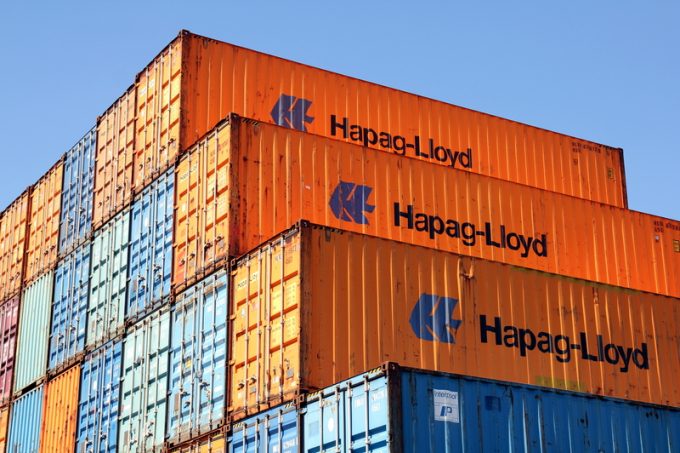Legal wrangle over terminal project could hobble South African port efficiency hopes
Continued congestion at South African ports hit by high winds has brought calls for a ...

Hapag-Lloyd said today its cargo volumes “remained subdued”, but added that it expected “a pick-up in demand” in the second half of the year, as retailer destocking is gradually phased out.
However, the Hamburg-headquartered carrier seems to have outperformed most of its peers in what was a weak quarter for liner trades, describing some of its South American trade vessels as “choc-a-bloc full”.
Indeed, thanks to a robust performance on its largest Latin America market, and ...
Macron calls for ‘suspension’ – CMA CGM's $20bn US investment in doubt
Trump tariffs see hundreds of cancelled container bookings a day from Asia
De minimis exemption on shipments from China to the US will end in May
Forwarders stay cool as US 'liberation day' tariffs threaten 'global trade war'
Mixed response in US to 'Liberation Day', while China leads wave of retaliation
Tariffs and de minimis set air freight rates on a volatile course
Overcapacity looms for ocean trades – with more blanked sailings inevitable
'To ship or not to ship', the question for US importers amid tariff uncertainty


Comment on this article